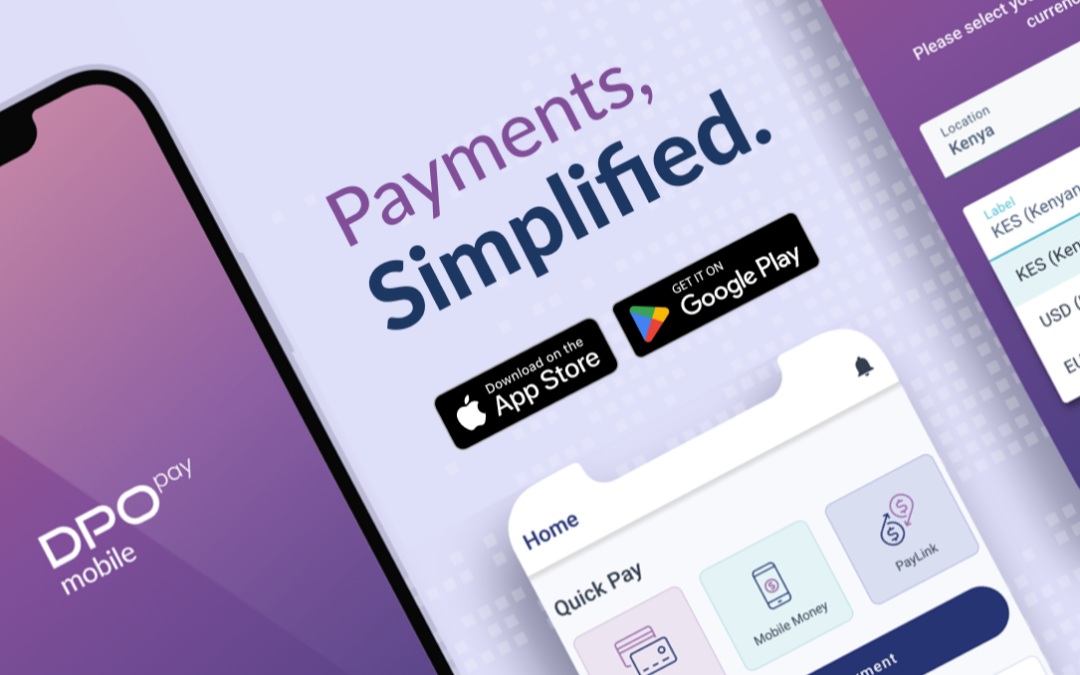In the previous post we discussed the emergence of various online and mobile payment systems and the variety of options available to consumers: e-Wallets – such as Apple Pay and Google Wallet – and digital currencies, particularly the emergence of bitcoin as a serious player in the digital currency market. In this article, we will highlight even more payment options and systems. These will illustrate the extremely wide range of opportunities and alternatives available to both consumers and retailers, as the interconnected payments world reaches into your digital pocket book making your shopping life easier, more efficient, more secure, and even less expensive.
Let’s take an overview of these additional payment systems and products:
Pre-Paid Cards
These cards are all electronic and “filled” by the customer is advance, eliminating the need to even have a bank account. Customers can transact at any member bank or merchant, giving the flexibility of card-to-card transfers, dispensing and depositing cash, and paying bills. Cards like this, for example Tanzania’s B-PESA card, are not credit cards as they do not provide a line of credit, nor are they debit cards as they are not linked to a bank account.
The cards are completely safe, as no cash is carried, and the user cannot overspend as one can only use the amount that is on the card.
3G Direct Pay Limited has partnered with Payoneer – a pre-paid card provider enables cross-border wire transfers, online payments, and refillable debit card services for businesses and individuals. Account holders can receive funds into their local bank account or e-wallet, or via a prepaid card, which is issued through MasterCard and can be used at ATMs or at the points-of-purchase.
Digital Cards
In order to keep up with the payment method revolution, credit card companies are kicking it up a notch by developing technology that will allow them to continue competing in this industry.
Visa Checkout is a digital payment service designed to simplify the checkout experience using a secure, single sign-in across channels and devices through integration into merchants’ websites and mobile shopping apps.
End users will be able to “check out” with Visa right from these merchants’ websites and apps with just a username and password that they previously stored with Visa.
In turn, MasterCard has introduced MasterPass, a digital service that allows consumers to use any payment card or enabled device to discover enhanced shopping experiences that are as simple as a click, tap or touch – online, in-stores, or anywhere they may be.
The MasterPass checkout services provide merchants with a consistent way to accept electronic payments regardless of where the consumer is physically located. Shoppers, on the other hand, are given a simple check-out process by eliminating the need to enter detailed shipping and card information with every purchase. Connected wallets enable consumers to securely store card information, address books, and more in a secure cloud. The wallet is open, which means that in addition to MasterCard cards, consumers can use other branded credit, debit and prepaid cards.
Increased transaction efficiency for both buyers and sellers
In these two blog posts, we have only scratched the surface of this burgeoning and rapidly advancing sector; with new technology and payment systems continuously being developed.
Things have certainly changed since the days – actually not all that long ago – when credit cards had to be rolled under a carbonized sales slip, or even when consumers would make payments via SMS.
Benefits for the merchants, retailers and sellers include: enhanced business activity, access to far more customers across geographic lines and borders, and a simpler, more efficient, more secure way of performing transactions. For consumers, it means easier access to goods and services, anywhere in the world, greater security of payment, and quicker order fulfillment, no matter where the buyer or seller happens to be.






